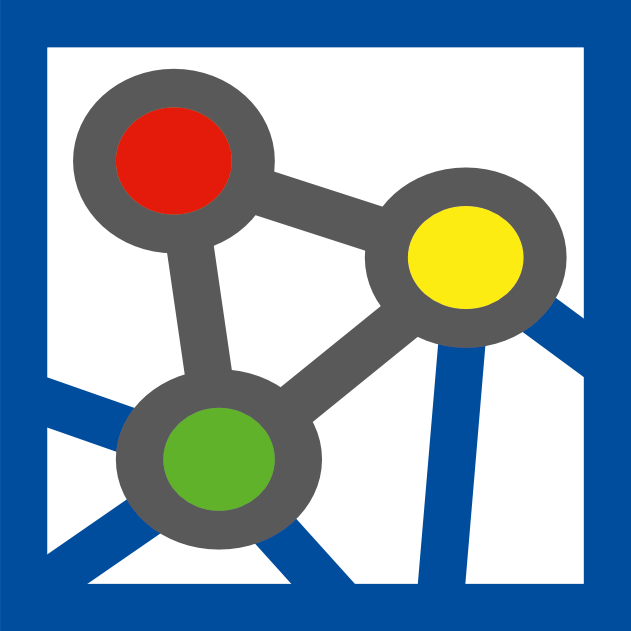Promoting favorable routes through visual communication: a design study for creating ‘Social’ route maps for the case of air pollution
by: Stefan Fuest, Olga Shkedova, Monika Sester
This paper presents an approach for promoting routes that reduce exposure of road users to areas that should be temporarily avoided due to traffic related or environmental reasons. At the same time, routes that are already heavily polluted should be avoided, in order to reduce the pollution and distribute it more equally in the environment. In this research, we present a design study for creating route maps that intend to visually communicate favorability of route options to the traveler, in the case of increased air pollution. Our proposed method recommends routes that are calculated as the shortest path while minimizing the current concentrations of particulate matter (PM2.5 and PM10) along the route. Based on a dynamic distribution of traffic flows, our system recommends routes that are not necessarily the shortest or fastest (i.e. individually efficient), but rather the options that avoid areas with particularly high air pollution, while prioritizing other, not so polluted areas; and thus are beneficial to individual and public health (socially favorable). We propose seven different visualization variants for representing line and areal objects in a route map that visualize route options based on pollution levels. A user survey showed that while for most of the variants the symbology has been rated as intuitive, visual attractiveness and suitability for communicating pollution information seems to be limited to less complex visualizations that primarily use variations in color. The focus of the paper is to develop design options to optimally communicate favorable routes by designing different cartographic visualization techniques.
The full paper can be found at the International Journal of Cartography.








